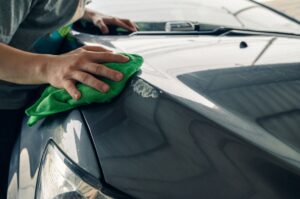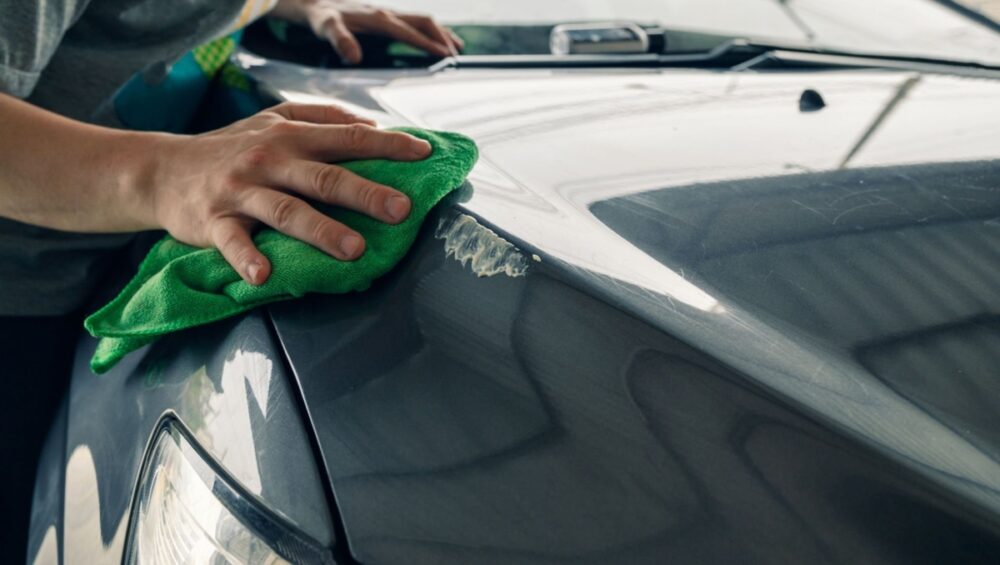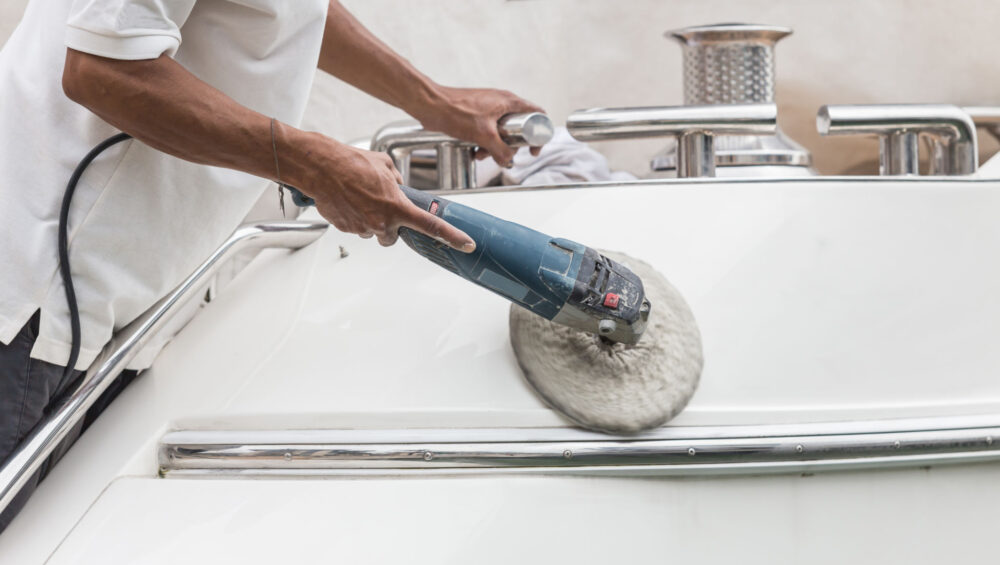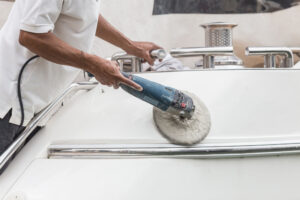How to Wax Your Car to Preserve Value

Waxing your car is a common auto detailing task that many drivers perform on a regular basis. Car waxes preserve the look and feel of your vehicle by protecting it from the elements,Greasy roads and heavy dust particles. There are many tools that help you apply car wax to your vehicle, but you can also use a soft cloth to accomplish the same task. Both methods are effective at removing dirt and embedded debris while preserving the appearance of your car’s exterior.
Most car owners find that applying a car wax to their vehicle helps preserve the look and feel of their vehicle. Waxes seal the surface of your car with a glossy finish that resists both natural wear and environmental damage. This makes it easy for drivers to keep their vehicles looking clean and new. Applying a wax to your car also makes it resistant to water spots, which reduces the risk of damaging it in rainy or dusty conditions. In addition, applying wax to your car insulates the paint from high temperatures caused by vehicle exhaust systems. As a result, wax helps preserve your car’s exterior look and durability.
Whether you choose to use a paste or cream base, most car waxes have distinct smells when they’re still in manufacturing stages. Some manufacturers use fruit-based scents while others use earthy or musky undertones. After manufacturing, many brands add finishing touches such as glitter or sparkles for added visual appeal on vehicles. You can find numerous styles of car waxes available on the market today. Some popular choices include carnuba-based waxes, polyethylene polymer (PE) compounds and silicon slurry waxes. Although automobile manufacturers provide detailing guides for their vehicles, consumers can find specific information online about how to maintain their cars in pristine condition.
You can apply car wax to your vehicle using a number of different methods. The most common application method is known as stripping and polishing. This involves buffing the vehicle with an abrasive pad before applying a layer of wax or sealant. You can also apply wax directly onto a microfiber cloth or soft cloth pad and wipe down the entire surface area of your vehicle. If you want to apply wax in one area but preserve the original shine, you can also use an automotive protectant called Tronco Protectex SPF 30+ Plasticsurface protectorant (called “plastic” protectorant by some). This protects your car’s finish from common wear and tear while preserving its original color, gloss and sheen.
Applying car wax preserves the look and feel of your vehicle’s exterior by maintaining its appearance and preventing degradation from environmental elements. Many car owners perform this task regularly to keep their vehicles looking new and shiny. To maintain your car’s looks, you need only take a few minutes out of your schedule to Wax Your Car!










